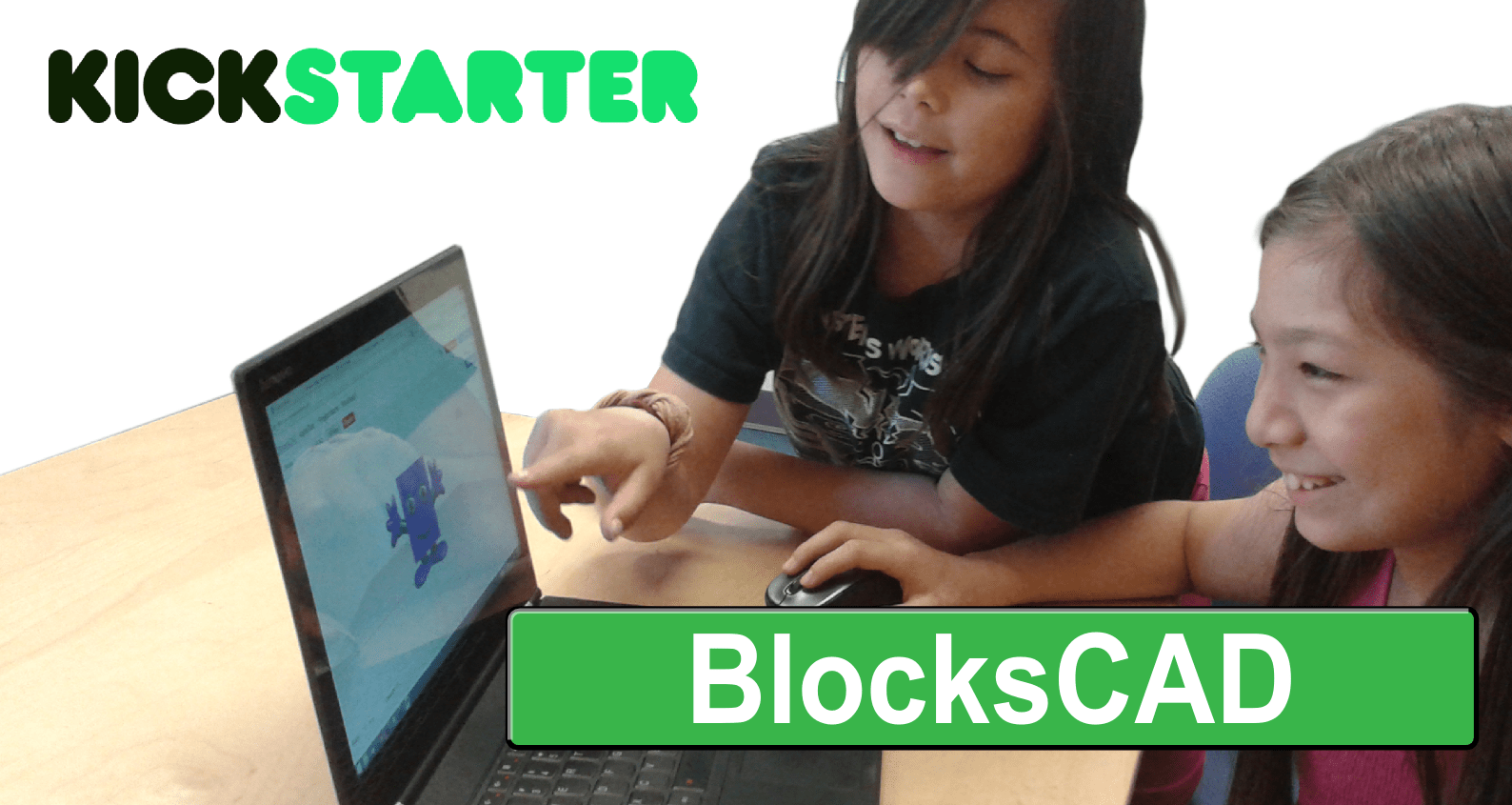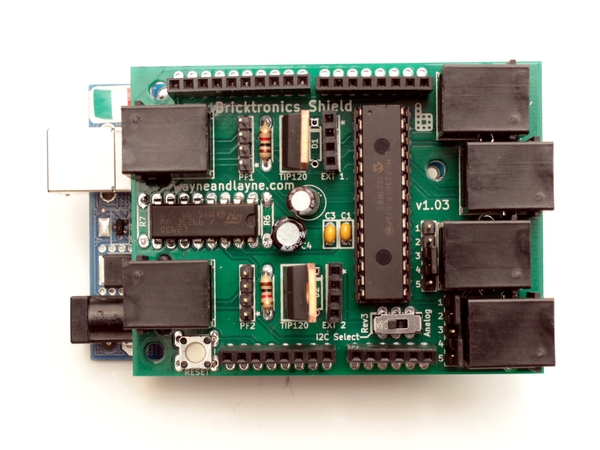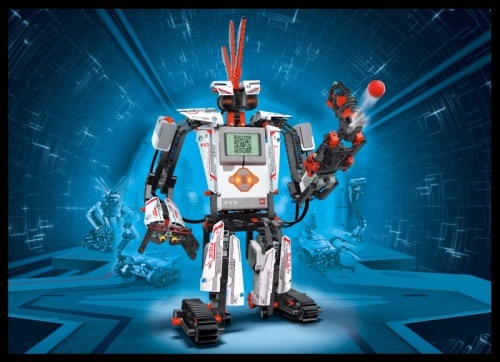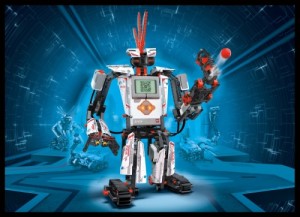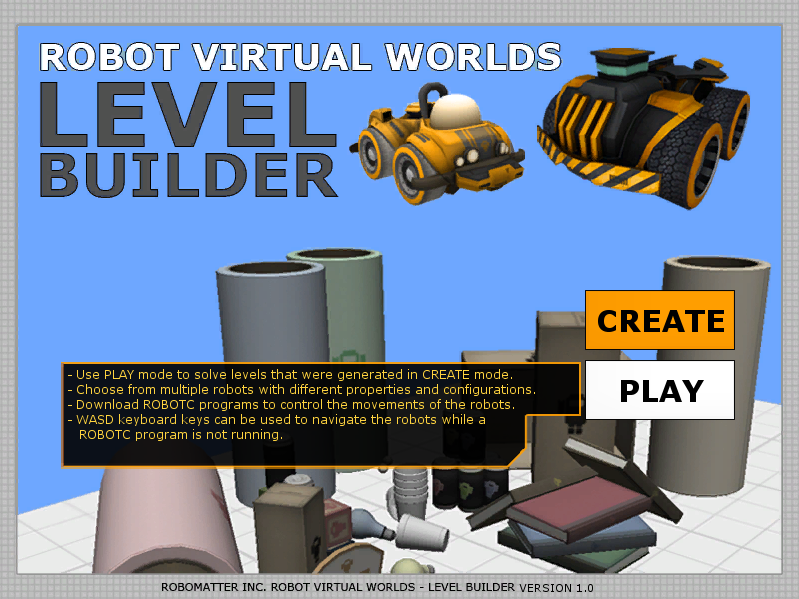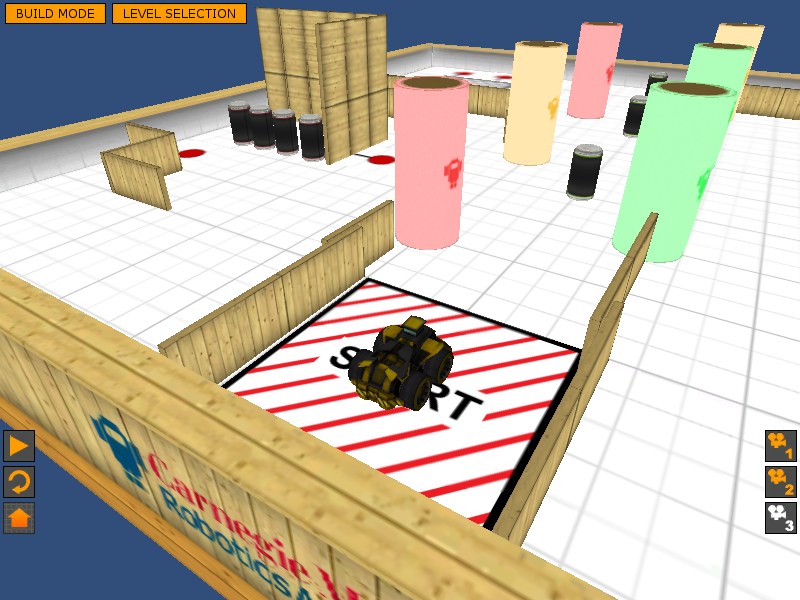Robotics company, Microbric has done the impossible by developing Edison a small
robot with an amazing array of sensors for under $40, making it the most affordable educational robot in the market. Edison was launched today on Kickstarter. This small yet feature packed robot is set to revolutionise how robotics and programming are taught in schools thanks to its easy to use drag and drop programming software, modular design and intelligent sensors that react to light, sound and remote commands. Its unique design and compatibility with LEGO products lends itself to creativity – the seed of fun robotics to inspire the inventors of tomorrow.
Edison was created to make robotics more accessible to students and hobbyists alike and is the brainchild of Brenton O’Brien, himself an electronics engineer with a passion for robotics. For over 10 years his company, Microbric, has been creating educational robots for hobbyists but his dedication to bringing robotics into mainstream education paid off when the Australian Curriculum changed in January to specifically include robotics within the Digital and Design streams.
‘I realised that my goal was within reach but that the main obstacle to bringing robotics into every classroom was the cost of buying kits for schools with already tight budgets. So I created Edison with the functionality of a much more expensive robot, at a fraction of the price,‘ Brenton said.
But, whilst Brenton’s dream may be within reach, it’s still not a reality until the funding goal on Kickstarter is met and the capital is raised to manufacture Edisons en masse.
Microbric’s Edison Kickstarter campaign seeks to raise $20,000 in 30 days via the crowdfunding website Kickstarter. If they meet their goal, the funds raised will foot the manufacturing bill of an initial production run of robots, which will then be sent to backers wherever they are in the world. If you’re interested in supporting Microbric’s campaign, visit the Meet Edison Kickstarter page. If you want to follow the journey of Edison from idea to reality, track the project’s progress on Facebook, Google+ and the Edison website (www.meetedison.com).
Crowdfunding is an increasing trend in fund raising for new initiatives. It involves the collection of finance from backers to fund a project. Crowdfunding is expected to completely transform venture capital over the next decade.
“We are launching Edison on Kickstarter because we wanted to give people the chance to be part of something that will change the way our children learn about robotics in mainstream education,’ Brenton said
“Now, every child in Australia can learn about robotics and the importance of technology to their future careers. I’m really excited about this launch and hope that parents and teachers alike will back Edison.’
Microbric is a small Adelaide based company which has worked with the Adelaide Advertiser newspaper in producing two collectable robots and initially selling its robots through Dick Smith Electronics. Now, creating all types of robots for over 10 years nearly 100,000 Microbric robots have been manufactured and sold in Australia and overseas. Microbric anticipates that Edison will be its most successful robot yet.

